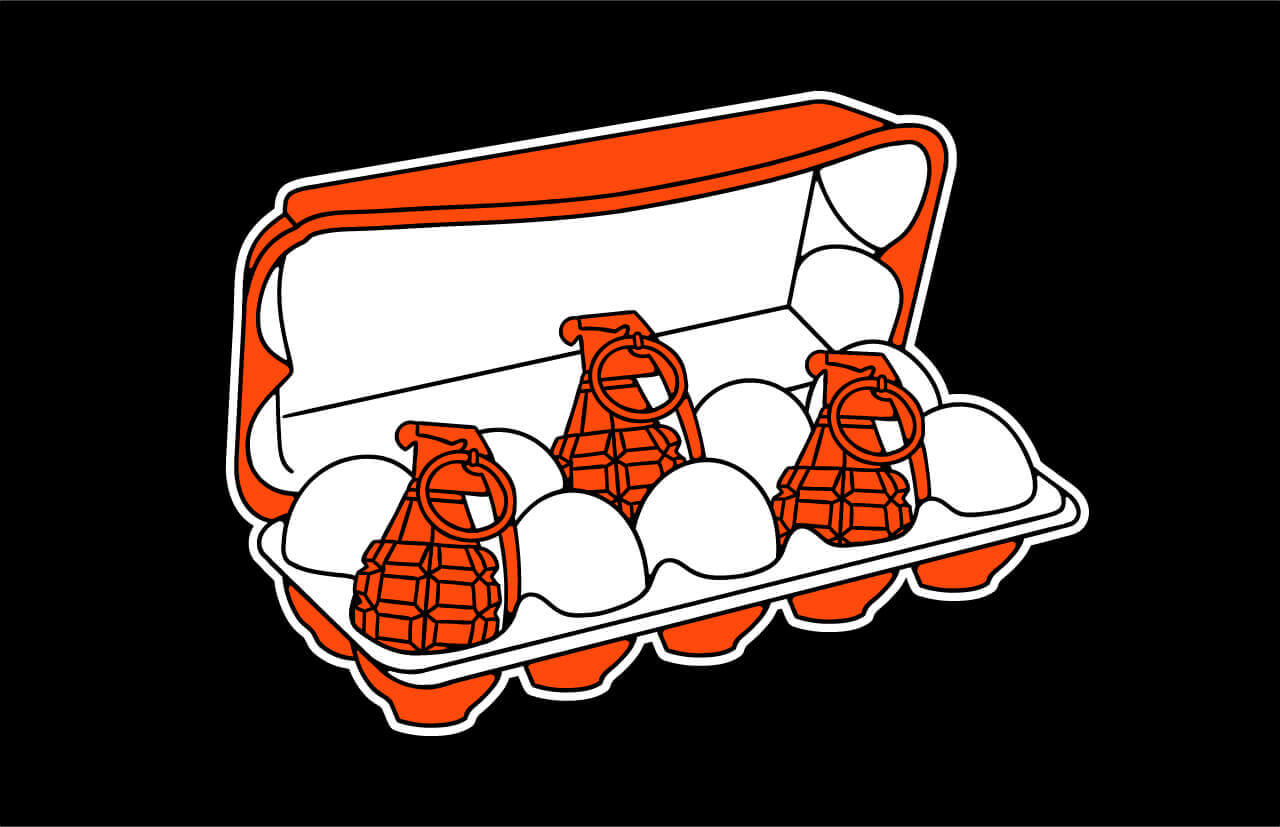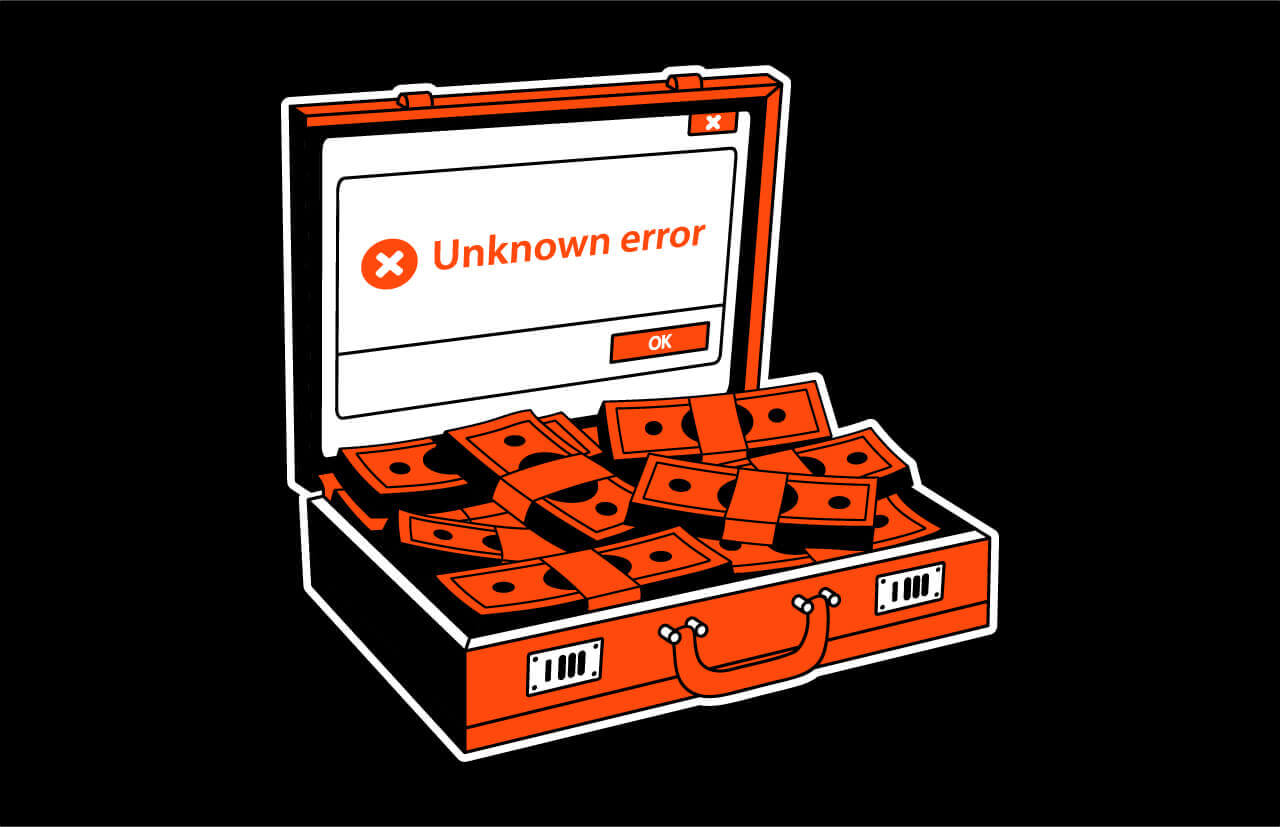Everyone's talking about landing pages and how they should convert customers. Okay, but what exactly does it take to build a perfect landing?
At Humbleteam, we built all kinds of landing pages. We helped aspiring startups and partnered with scaled-up businesses that spend $100K on Facebook ads weekly. Based on successful examples, we developed a framework for universal landing design.
When you know how to approach the process, you’ll find it works with scientific accuracy. So let’s get you up to speed.
What "converting" actually means
What's the difference between a landing page that converts and the one that doesn't? Any landing page that generates profit, not just expenses, follows three simple criteria. See if you can tick all of them. If you can, congrats — your landing page is likely to generate some serious conversions.
- It appeals to the right audience. When customers meet your landing, it should be an instant perfect match.
- Landing page content that covers users' hopes, pains, and barriers.
- The communicated value of the product exceeds its price.
This approach is easy to put to the test. Let's try.
Based on the fact that you're a few minutes into reading this article, it's safe to assume your landing page could be doing better.
Now imagine you see a website offering "a team of experienced designers from a Y Combinator will double your conversion rates in two days for under $250".
Hard to resist, isn't it?
It follows the three guiding principles precisely:
- you are the target audience
- the offers check out potential questions like "how long will it take" or "how much does it cost?"
- and the value promised exceeds the price.
Today we'll talk about the part that you may find hard to practice: creating landing page content that covers users' hopes, pains, and barriers.

critical web design mistakes to avoid
Get to know your customers
To increase sales, you need to understand your audience's motives and purchasing behavior. Start with careful research. One way to approach it is quantitative design research. Get a focus group, ask some questions — you know the drill. There's also a better strategy that will cost you $0.
Here it is: follow your audience to their natural habitat and observe them in the wild. Creepy! We're talking about social media, forums, comment sections, and anywhere else they take their rage and ideas to. It's honest, firsthand communication, and it's available for free.

This is how your landing looks when you haven't researched who you're dealing with.
Here's the ultimate checklist of resources to use in order to understand what your landing page audience wants for zero bucks and a fraction of time.
#1. Udemy or Amazon
These two platforms don't just show you content that people are interested in.
Instead, you see content that people are paying for, therefore it has value for them.
One approach would be to look through the Amazon book section and ratings. Merely the fact that people are willing to pay for certain books means the topics covered are of interest and high relevance to them. Nevermind the fiction section 😉

Let's crack a real case: imagine you're creating a platform for real estate agents to help them sell more properties. What would some of the real estate web design agencies do?
As you see on Amazon, the main pain point of an agent's life is promotion. Thus the landing page should cover how our service helps them promote their assets. You can also walk the extra mile and read through the top book reviews.

The pain points of real estate agents are cold calls and a lack of sales strategy.
Udemy offers a similar way to find content with high customer value. Just type in the keywords in the search bar or check out the courses by category.
#2. Reddit, Quora, and Facebook
Want to speak to your audience? Learn the language!
Real-life social context can offer valuable insights into people's thoughts and needs. To research this, find a relevant demographic, choose a discussion thread, see how people communicate, which questions they raise, and the discussion's overall style.


#3. Buzzsumo
A perfect tool for researching current issues. Enter your enquiry, take a look at the engagement factor, filter the evergreen score, and get insight into the shared topics in the 30 days after the original post.
This signals high content quality and can help you find articles that are guaranteed to generate traffic for your website.

It is clear from this search that real estate agents care about inequality, promoting their services through podcasts and how the market will look after the pandemic.
#4. Answerthepublic
It's a blessing of a service that shows you what people google. Let's say you're creating a landing page dedicated to the US rental market. Answerthepublic will generate a list of related search queries, which is also a way to discover your audience's pressure points and challenges.

For example, a query "real estate agent vs. insurance agent" (205M search results on Google) shows that many users struggle to understand the difference between the two.
After carefully studying what people say about the industry you operate in or the product you offer — use it to your advantage.
Use the exact phrasing, wording, and keywords your target audience employs in their direct speech. With this research behind you, your content will look relatable and clear. Your readers will feel like you are one of them, even though you aren't. Pretty cool, right?
What to do next?
After discovering loads of different insights about users' hopes and pains through careful research, we’re going to start prioritizing them.
Let's have a look at how you can leverage your research into a user-conquering action plan. To do that, there's a special framework you can use. We didn't come up with it ourselves but tested a reliable framework on over 100 landings to ensure it works.
At Humbleteam, we use the method we discovered a while ago through a (pretty brilliant) marketing book 1-page marketing plan (3K+ positive reviews on Amazon).
How does it work?
Let's take an example of one of our cases — the landing page for london.jolt.io.
Jolt is a startup that sells educational courses with top-notch mentors — if you’re going to learn product management, your tutor will be the Product Director at Netflix, for example. At the moment of our collaboration, Jolt got $20М of investment and needed to level up.
- To decide which content and in what order we should place it on the landing page, we should pin down the insights we got from the previous research into one of the three categories:
- Hopes & Dreams
- Pains & Fears
- Barriers & Uncertainties
- Then, prioritize them according to the level of occurrence: most common, 2nd most frequent, and 3rd most frequent.

As soon as we created the table for Jolt, it was immediately clear what the landing page's focus should be.
It turns out the number one question in the minds of all people looking for educational courses is, "will I be able to land a higher salary after this?"
Based on this, the first thing that needs to appear on Jolt's landing is the feedback from course participants saying things like "with the help of Jolt.io my salary increased by 10 percent in just 3 months" (an entirely true story).
This spreadsheet will become a checklist for you to make sure the content on your website is sufficient. If it ticks all the boxes from the table (or at least all the most common ones), you can be proud — your landing's got what it takes 🏆
Key takeaway #1
These insights can be very useful in marketing campaigns. Use firsthand wording in your ads and banners to appeal directly to the audience.
In Jolt's case, the most converting banner was "Learn practical things, not theory." It has a clear CTA that hits the most common pain point. Easy.
Key takeaway #2
With the help of in-depth research, you can get to the bottom of the exact language your target audience uses. What keywords they rely on, maybe even slang or niche terminology. If they call your courses a self-education program, then this is what you should be putting on your banners.
Key takeaway #3
A trick to checking how efficient the landing page content is: try to describe the product using the words from the website. If it works – great! If it didn't work out – it might be hard for your potential customers to grasp the idea of the product as well.
One important thing to keep in mind is that you've got to speak your customers’ language in order to communicate effectively with them. And not only that, but you need to anticipate their needs and desires even before they do. With the help of our framework, you've got that covered.
Let us know if you want to learn more about content generation strategies, and we'll make sure to post about it. Also, subscribe to hear about legendary business pivots on our CTRL SHIFT podcast.





